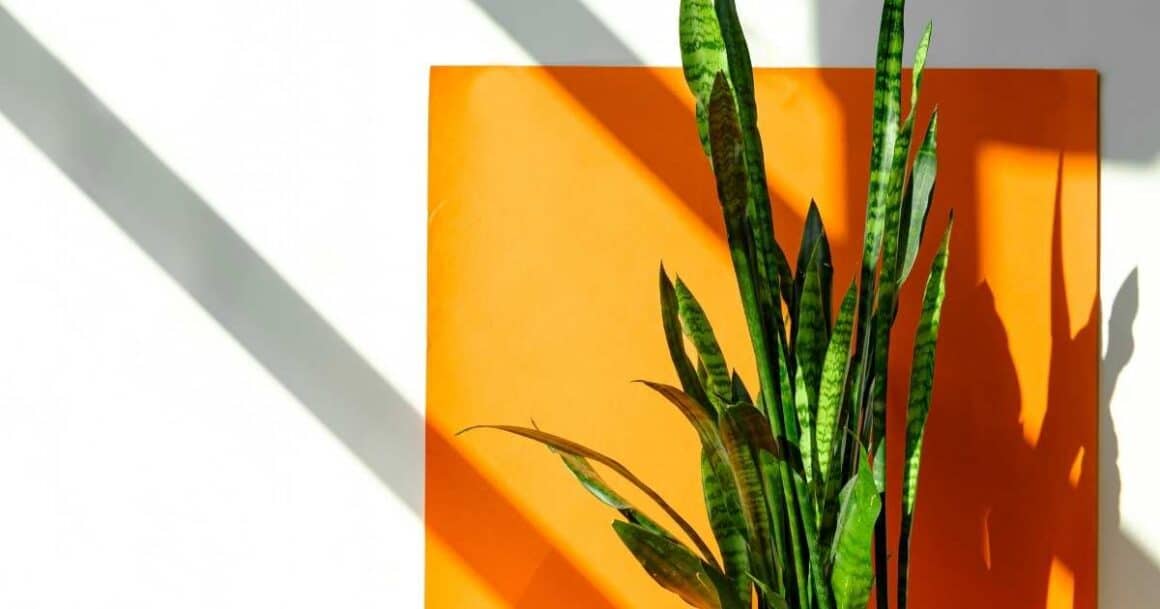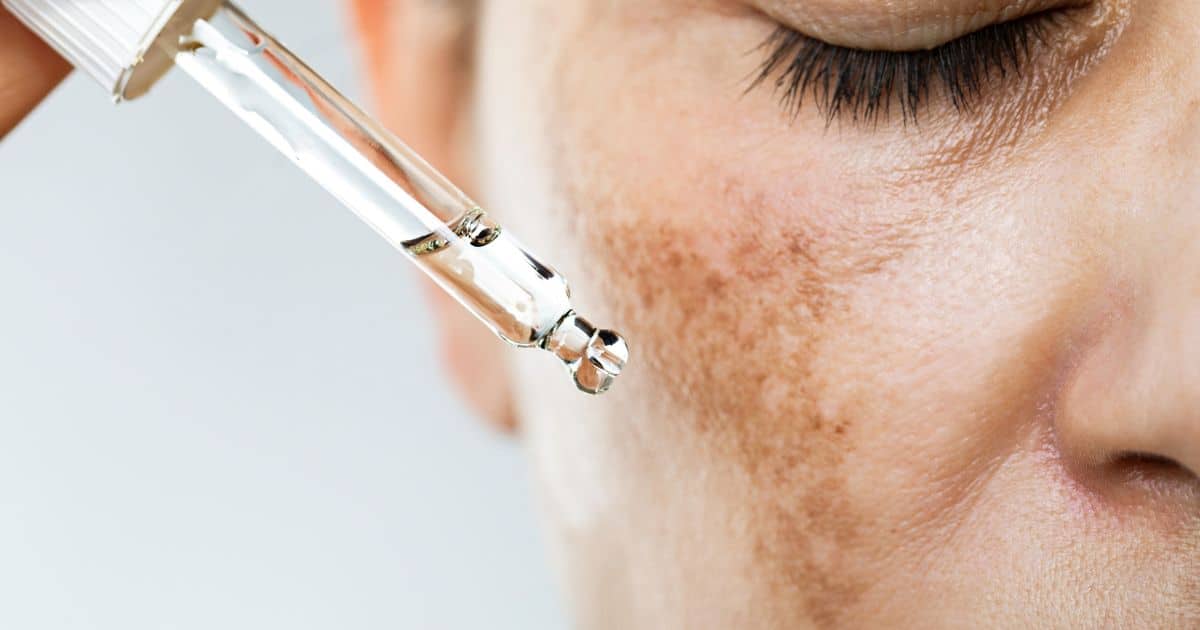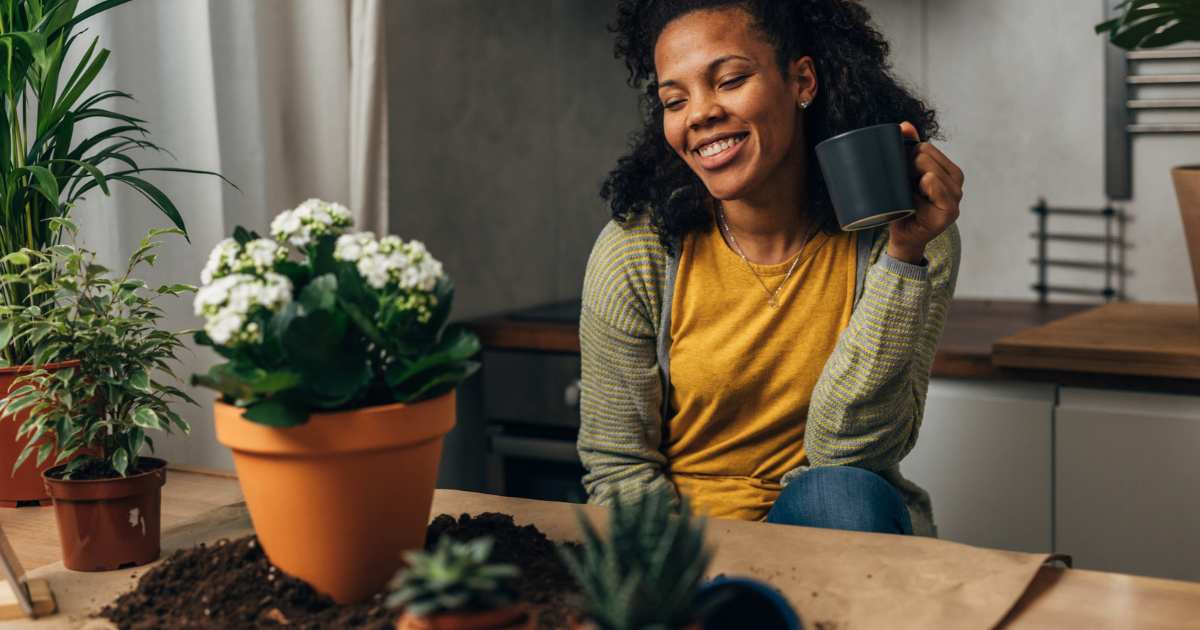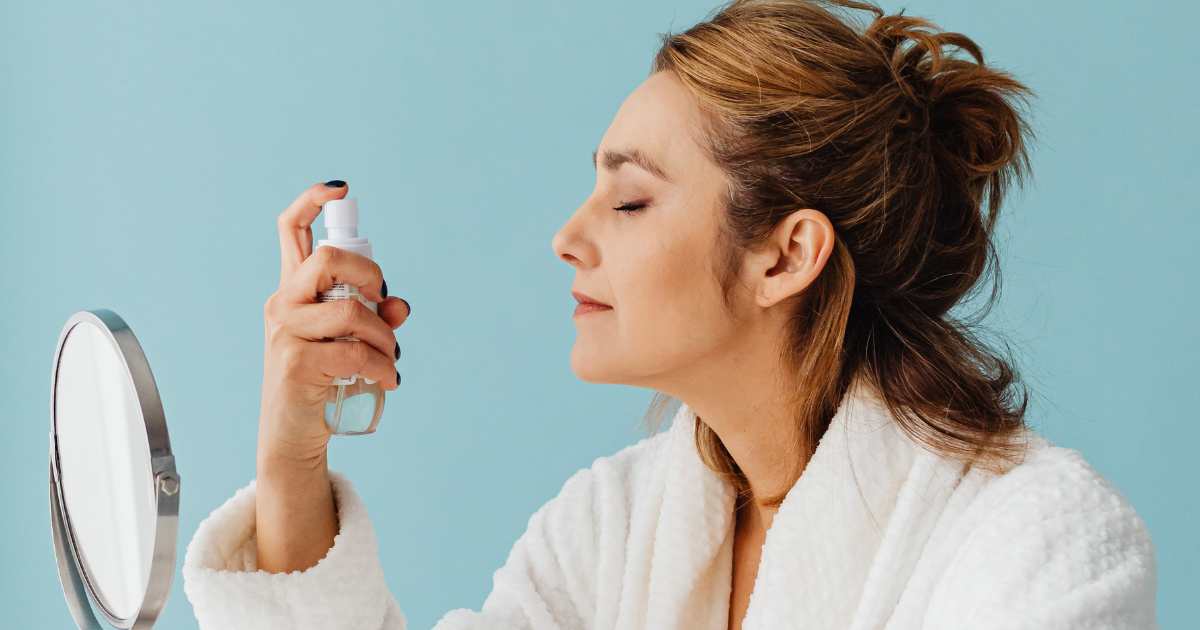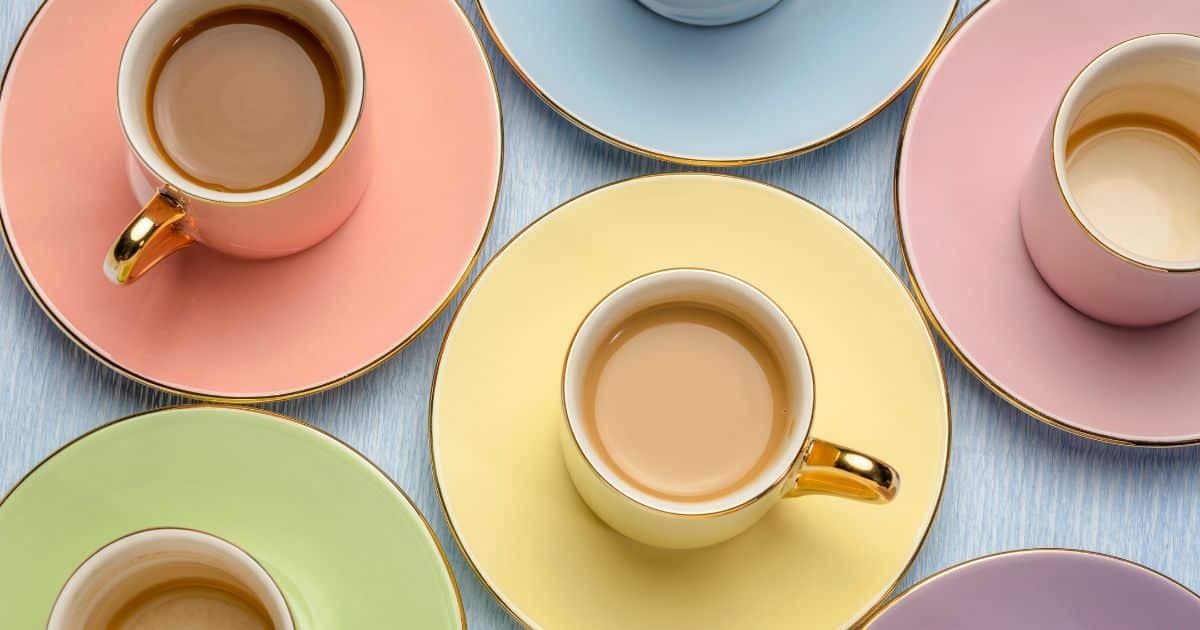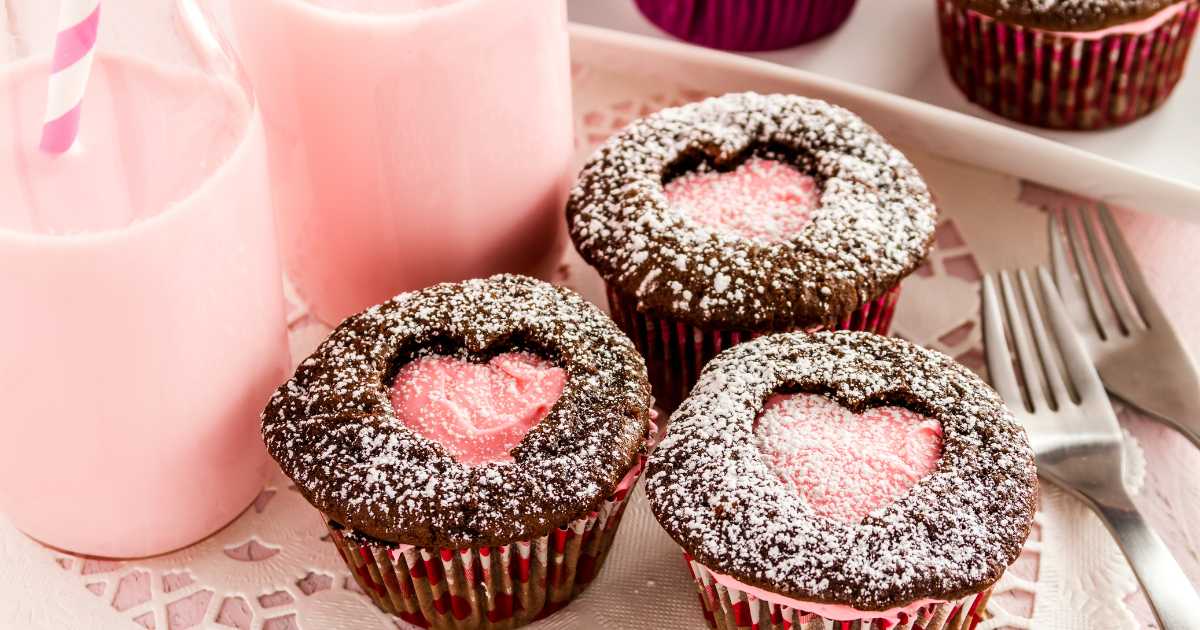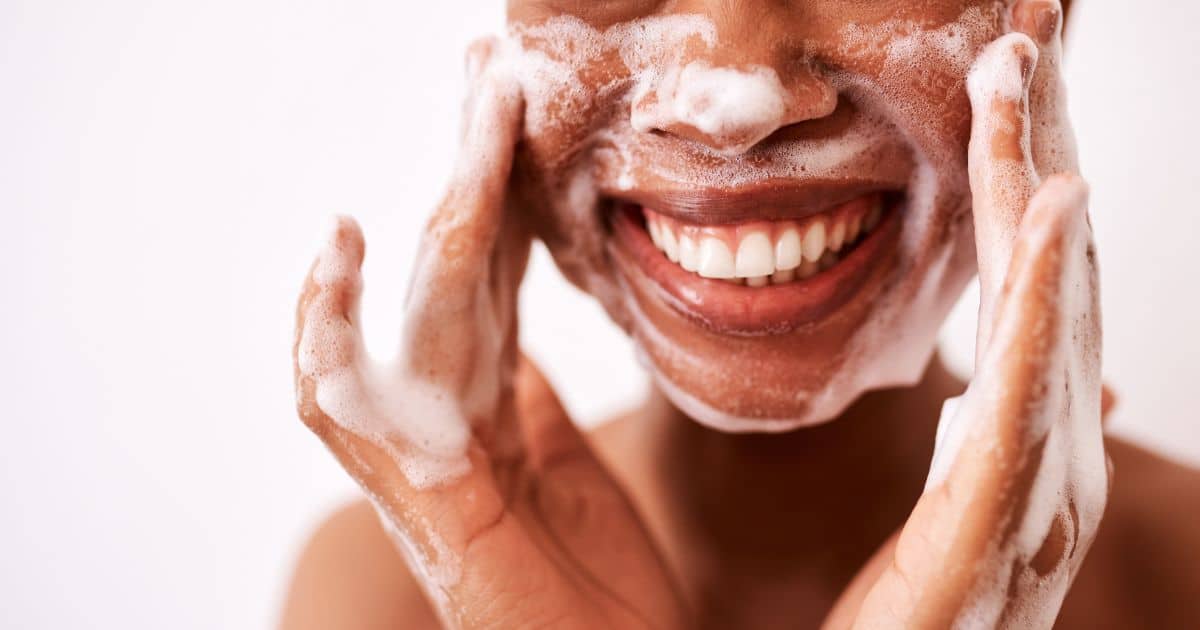Best Fertilizers for Houseplants: My Favs for 2025
If you want to keep your plants healthy and looking beautiful all year long, use good-quality fertilizer for your houseplants.
Not all fertilizers are created equal, and using the wrong one can do more harm than good.
This article will share the different types of plant food available and which fertilizers I like best for keeping my 40+ plants healthy and happy!
Let’s get started with the best fertilizer for houseplants without further ado!
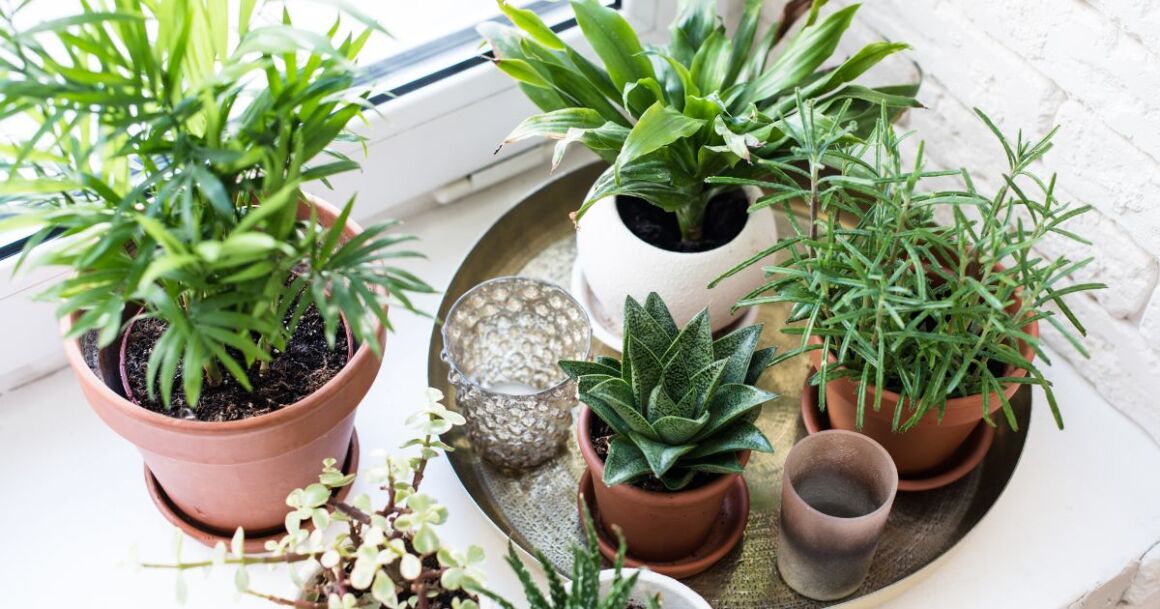
The Best Fertilizers for Houseplants
Types of fertilizers for houseplants
There are three main types of fertilizers: organic, inorganic, and synthetic. Each type has its benefits and drawbacks, so choosing the right one for your plants is essential.
But which kind is the best fertilizer for houseplants?
Organic fertilizers
Organic fertilizers are comprised of natural sources like compost or manure.
They release nutrients slowly over time, which is excellent for plants that need a steady food supply. However, they can be more expensive than other types of fertilizer and sometimes require more frequent applications.
Inorganic fertilizers
Inorganic fertilizers are made from minerals or chemicals.
Inorganic fertilizers release nutrients quickly, which is excellent for plants that need a quick food boost.
However, they can be harsh on delicate plants and must be applied more carefully.
Synthetic fertilizers
Synthetic fertilizers are comprised of a mix of chemicals.
They can release nutrients quickly or slowly, depending on the formulation. Synthetic fertilizers are generally more affordable than organic fertilizers, but they can harm the environment if not used properly.
Synthetic fertilizers are the most cost-effective.
Related Houseplant Articles:
- Fast Growing Houseplants for Beginners
- Using LECA Pebbles for plants
- Best Herbs to Grow in Arizona + Growing Tips
- The Best NEEM Oil for Indoor Plants
- The Best Plant Care APPS
- The Amazing Snake Plant!
- Best Houseplants for Arizona
- The Best Humidifiers for Plants
- Best Kind of Water for Plants
- How to Grow Basil in Arizona
What is the N-P-K Ratio?
Fertilizer is essential for plant growth, but understanding the fertilizer ratio or the NPK can be confusing!
The NPK refers to the ratio of nitrogen (N), phosphorus (P), and potassium (K) in fertilizers.
The fertilizer ratio is the nitrogen, phosphorus, and potassium percentage in the fertilizer. The three numbers represent the amount of these essential nutrients in the fertilizer.
For example, a fertilizer with a ratio of 10-10-10 contains equal amounts of nitrogen, phosphorus, and potassium.
Plants need different amounts of nitrogen, phosphorus, and potassium for varying stages of growth. For example, nitrogen is essential for leaf growth, while phosphorus is essential for root development.
Learn more about NPK Ratio
My Favorite Fertilizers for Houseplants
There are many different name-brand fertilizers available on the market. Some of the most popular fertilizer brands on the market include Miracle-Gro and Schultz, but many others exist.
Each brand has its unique formula, so it’s essential to read the labels carefully to choose the right one for you and the needs of your houseplants.
Related Article: How to care for indoor plants
Miracle-Gro
Miracle Gro is one of the market’s most widely known synthetic fertilizers.
Miracle-Go has an NPK ratio of 24-8-16. Many people swear by Miracle-Gro and think it’s the best fertilizer for houseplants.
It can be applied to indoor and outdoor plants and is typically used every two weeks.
Miracle-gro is available in both liquid and granular form and can be applied using a watering can.
Miracle-gro is one of the most affordable houseplant fertilizers available and is a good choice for overall general-purpose plant food.
Osmocote Plus
Osmocote plus is an inorganic fertilizer that is made from minerals or chemicals. Osmocote Plus has a 15-9-12 ratio.
Osmocote is a slow-release fertilizer that provides nutrients for your plants over time, so you don’t have to fertilize as often.
I love Osmocote fertilizer for indoor and outdoor plants and have had great long-term results.
Not only is Osmoncote one of the best fertilizers for houseplants, but it is also super affordable and easy to find.
I buy it on Amazon. 🙂
Related article: How to get rid of fungus gnats!
Jobe’s Organic Fertilizer Spikes
Jobe’s is an organic fertilizer made from natural sources like compost or manure.
Jobes fertilizer spikes for indoor plants are an excellent product to use. I have used them for years, and they work great.
Overall, I highly recommend Jobes fertilizer spikes for indoor plants. They release nutrients slowly over time, which is great for plants that need a steady food supply.
I love Jobe’s fertilizers because they are organic, renewable, biodegradable, sustainable, and good for the environment.
Schultz all-purpose plant food
Shultz All-Purpose Plant Food is a water-soluble fertilizer used on all types of houseplants, including potted plants, terrarium plants, and hanging baskets.
The best way to apply the fertilizer is to mix it with water and then use it to the soil around the base of the plant. For most plants, you should fertilize about once a month.
Schultz is a good indoor plant fertilizer (much like Miracle-grow).
Joyful Dirt
Joyful dirt is an all-natural fertilizer made from composted manure. It’s an excellent organic indoor plant food!
It’s an excellent source of nutrients for indoor plants and is easy to use.
Mix some joyful dirt with water and apply it to your plants’ roots.
You can also add joyful dirt to your potting mix when repotting plants. Joyful dirt is safe for all plants, and it’s a great way to give your plants a boost of nutrients.
If you’re looking for an all-natural fertilizer that’s easy to use and provides excellent plant nutrition, you should try Joyful dirt.
Joyful dirt is more expensive than other types of fertilizer, but it is safe for the environment, your plants, and your pets.
I have tried Joyful dirt and think it’s excellent fertilizer; I feel it’s a tad too expensive because I have almost 40 houseplants!
Fiddle leaf fig fertilizer (3-1-2)
This fiddle fig tree plant food is calcium-fortified, urea-free, and with a ratio of 3-1-2 for healthy roots, stems, and leaves!
I started using this fiddle fig fertilizer after some friends with the most beautiful fiddle fig plant I had ever seen recommended this food.
Since using this fiddle leaf fig fertilizer, my fiddle figs have grown faster and with fewer leaf drops.
Here are some facts about this fiddle fig food:
- Fiddle-leaf fig plants need specific nutrients for growth, health, and robust root systems. The original Fiddle Leaf Fig Plant Food is specially formulated to provide optimal nutrition without burning your plant.
- ALL-ORGANIC Original Fiddle Leaf Fig Plant Food contains no urea or harmful chemicals that could burn your plant. It is designed to be used every time you water for green and gorgeous growth all year long.
- CERTIFIED NON-TOXIC AND TESTED IN AN INDEPENDENT LAB FOR SAFETY. Made in the USA by a woman-owned small business.
- EASY TO USE WITH NO MIXING OR MESS by diluting one teaspoon in 2 cups of water. Fiddle Leaf Fig Plant Food is gentle enough to use every time you water.
Each 8 oz bottle contains enough ficus food to last from 6 months to a year, depending on your plant size.
Fish emulsion fertilizer for plants
Fish emulsion is an organic fertilizer made from natural sources like fish waste. It releases nutrients quickly, which is excellent for plants that need a quick food boost.
Fish emulsion is affordable and easy to find in stores, but it can be smelly and may need to be applied more carefully.
Don’t use fish emulsion fertilizer if you have pets!
A word to the wise! Do not use fish emulsion fertilizer if you have pets! They will dig in your plants and go crazy! Dogs and cats love to fish!
How to fertilize houseplants naturally.
You can fertilize your houseplants naturally by making your DIY fertilizer at home!
Homemade fertilizer for indoor plants
DIY PLANT FERTILIZER: You can make your fertilizer at home using coffee grounds, eggshells, and banana peels. Homemade fertilizer is affordable and easy to find, but it can be time-consuming to make.

Using Coffee grounds for houseplants
I always put the coffee grounds in my houseplants!
Coffee grounds are an excellent nitrogen source and an essential nutrient for plants. Add the used grounds to fertilize coffee grounds to your soil or compost.
Related Article: How to Use Coffee Grounds on Plants
Eggshells for houseplants
Eggshells are an excellent fertilizer for indoor plants!
Eggshells are a great source of calcium, an essential nutrient for plants.
Add crushed shells to your soil or compost to make fertilizer from eggshells.
How to make fertilizer from banana peels
Banana peels are a great source of potassium, an essential nutrient for plants.
Add the peeled bananas to your soil or compost to make fertilizer from banana peels.
Banana peels are a great source of potassium, an essential nutrient for indoor plants.
It’s easy to make banana peel fertilizer for indoor plants and a great way to use all those banana peels that would otherwise go to the landfill.
Steps to making fertilizer from banana peels:
Step one: Cut banana peels into small 1-inch pieces
Step two: Dry banana peel pieces. Lay them directly in the sun, or use an oven on the lowest temperature setting.
Step three: Add banana peels to your houseplants! Bury-dried banana peels in the soil.
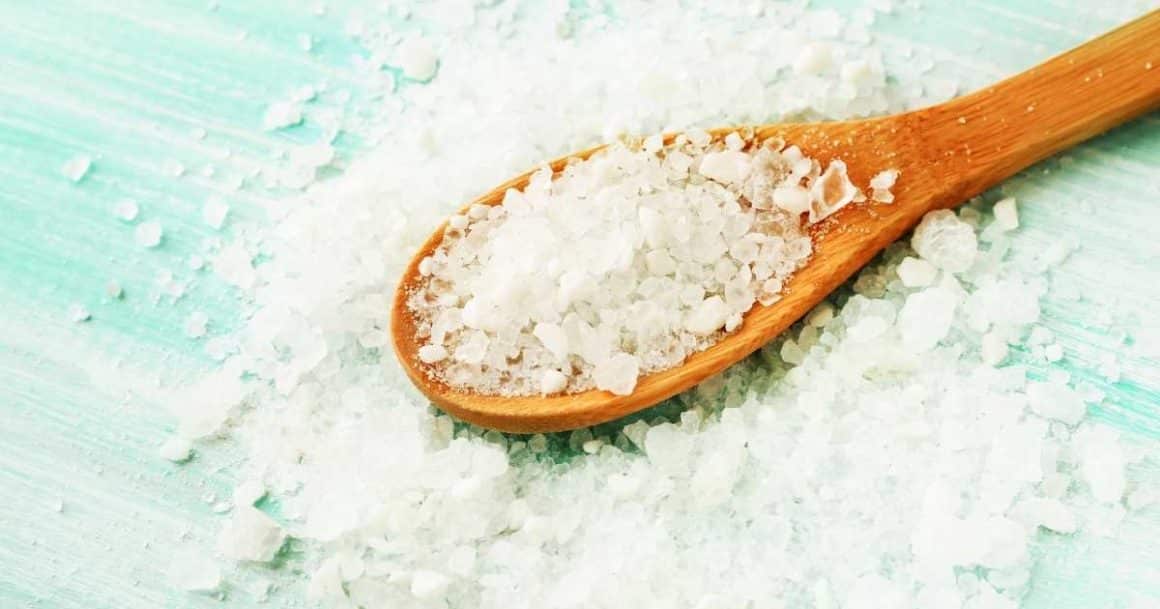
Epsom Salts for houseplants
Epsom salts are another way to fertilize indoor plants. Epsom salt can be a powerful tool for keeping your indoor plants healthy.
Use Epsom salts sparingly on magnesium-deficient plants or plants that have yellow leaves.
Epsom salt or hydrated magnesium sulfate can relieve sore muscles as a magnesium supplement and even a laxative.
Epsom salts are very inexpensive, and you can grab Epsom salts in any drug store, grocery store, or online.
TIP: Make sure you buy plain Epsom salts, not the kind that contains additives like Tea tree oil or lavender. 🙂
How to use Epsom Salts on houseplants
Use Epsom salt for indoor plants that have a magnesium deficiency.
If leaves turn yellow while the rest of the plant is green, your plant is most likely magnesium deficient.
To treat a house plant with a magnesium deficiency, mix one tablespoon of salt with a gallon of water and put this solution into a spray bottle.
Spraying the plant with the Epsom salt mixture is faster and safer than watering the plant with the mixture. You should see results within a few days.
When to fertilize your houseplants
Regularly fertilizing your plants to ensure they get the necessary nutrients is important.
I recommend applying fertilizer every two weeks during the growing season and once a month during the winter.
Related article: how to care for houseplants

How to Apply Fertilizer to Your Houseplants
Applying fertilizer is easy! Mix the recommended amount of fertilizer with water according to the package directions.
Then, use a watering can or spray bottle to apply the mixture.
Conclusion: The Best Fertilizers for Healthy Houseplants
Ok! There you have it! The best fertilizer for houseplants!
Whether you have a green thumb or not, I hope this article has helped you learn more about plant food and how to take care of your indoor plants.
Do you have a favorite type of fertilizer that wasn’t mentioned in our article? Let us know in the comments below!
Happy gardening!
XO, Christine

I’ve been keeping it real since 1963. 😊
I’m a child of God, devoted wife, proud mama and grandma, full-time creative, domestic engineer, and passionate self-care enthusiast.
I’m purpose-driven and do my best to live each day with intention—whether shopping for treasures, painting in my art studio, digging in the garden, or cooking up something yummy for my family.
I’m always up for a good chat and love collaborating with fellow creatives and brands.
Let’s connect—don’t be shy!
